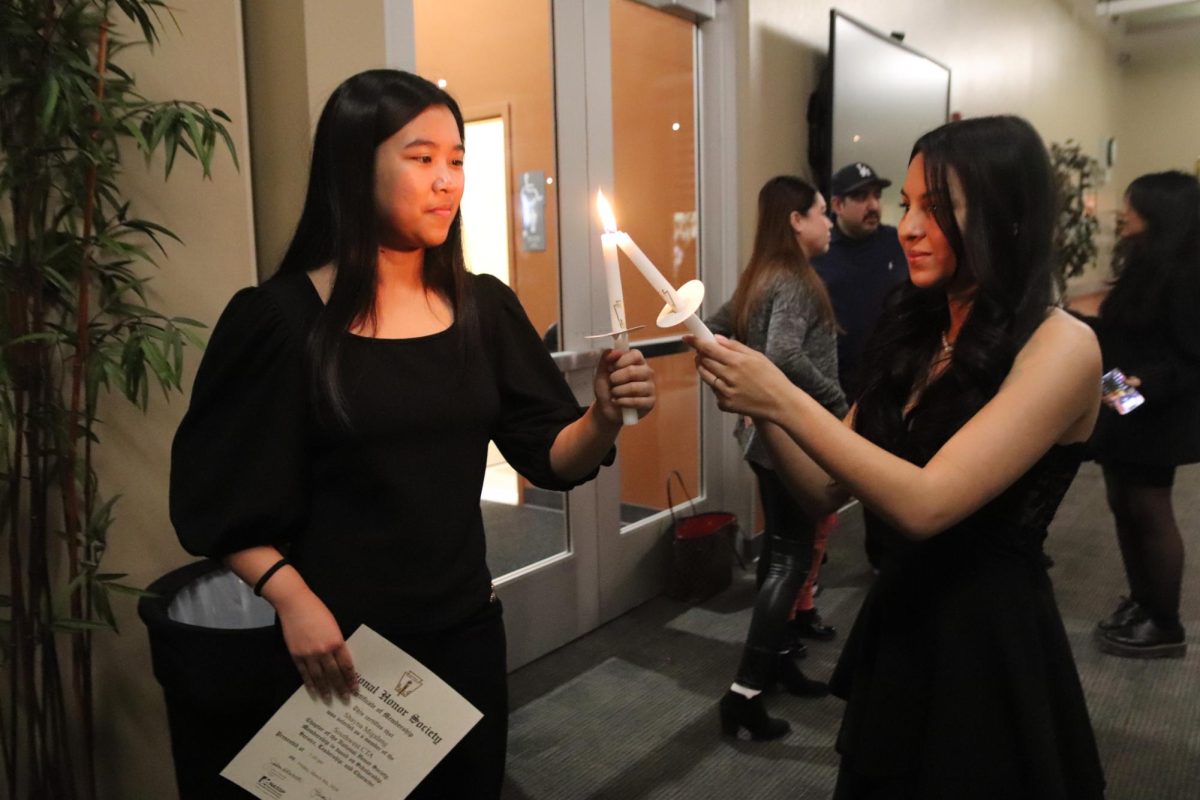As a way for students to apply what they have learned, those in Mary Breslin’s Anatomy & Physiology class have been diagnosing fake patients in their recent cardiovascular unit worksheets.
“The worksheets helped me understand the topics we are learning more in depth because I am actually applying the information into real life situations,” junior Shinikee Garcia said. “Fake diagnosing has helped me understand how the body systems are interconnected and allowed me to see that just because there is something wrong with one part of the body, doesn’t mean you will see symptoms in only one area.”
In the worksheets, students are presented with a microscopic picture of the patient’s blood in which they have to count the red and white blood cells, as well as the platelets.
“These worksheets have been good practice to identify severe medical problems such as anemia,” junior Danniele Donalvo said. “It is a good way to familiarize and learn the terms relating to the cardiovascular system and doing them has helped me learn the details about the different types of cells we have in our body. It helped me study in an easier way by identifying the diagnoses in different patients and [it] was overall beneficial.”
Students need to make sure that the counts, shape of the blood cells and the platelets are normal. If they are not, students need to look back and review why there may be irregularities and make a diagnosis of the possible underlying condition.
“I like the cardiovascular system worksheets because they provide a lot of information and have helped me learn a lot more about various diseases,” junior Jean Mountain said. “Fake diagnosing patients is helping me recognize and learn diseases based on their symptoms and it’s been pretty easy to follow along the patient files.”
Through these types of worksheets, students get a glimpse of what being a medical professional is like and can gain a better understanding of how the cardiovascular system works throughout the body.
“I like to use worksheets [activities] or lab experiences that have students apply [the] knowledge they acquire about an anatomy topic,” Breslin said. “I feel this gives the student a better learning experience because they can see why knowing that information is important. By using patient scenarios, it requires them to use higher level thinking and problem solving skills.”
Using fake patient files to diagnose different cardiovascular disorders, students in Anatomy & Physiology have been studying blood cells and how they affect the human body. Through this unit, students have applied what they know in a real-life scenario to better prepare for future careers pertaining to the medical field.
“Since I am in the Respiratory Program, doing these worksheets have been kind of cool because we get to actually look at a blood sample and use our knowledge to detect underlying conditions or other health associated issues,” junior Isabell Min said.






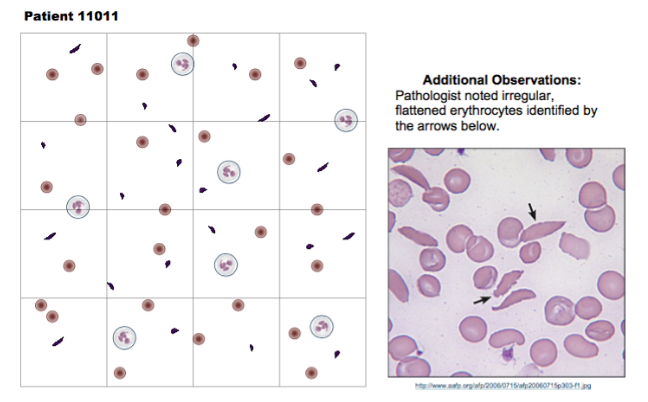
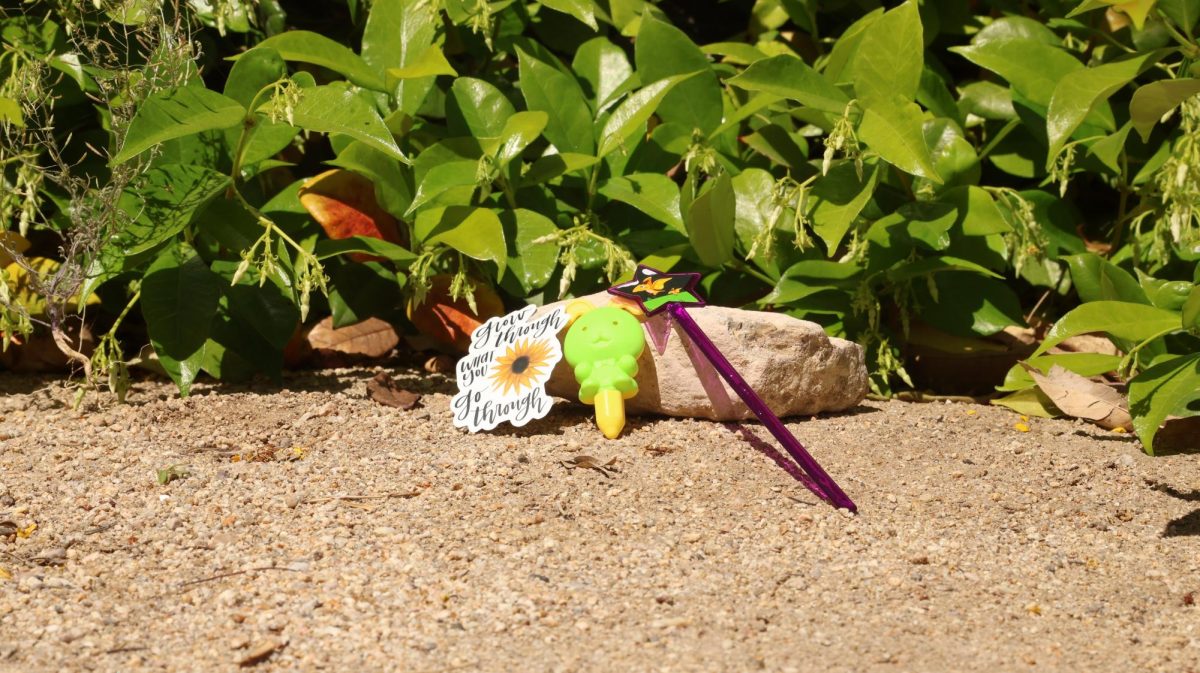


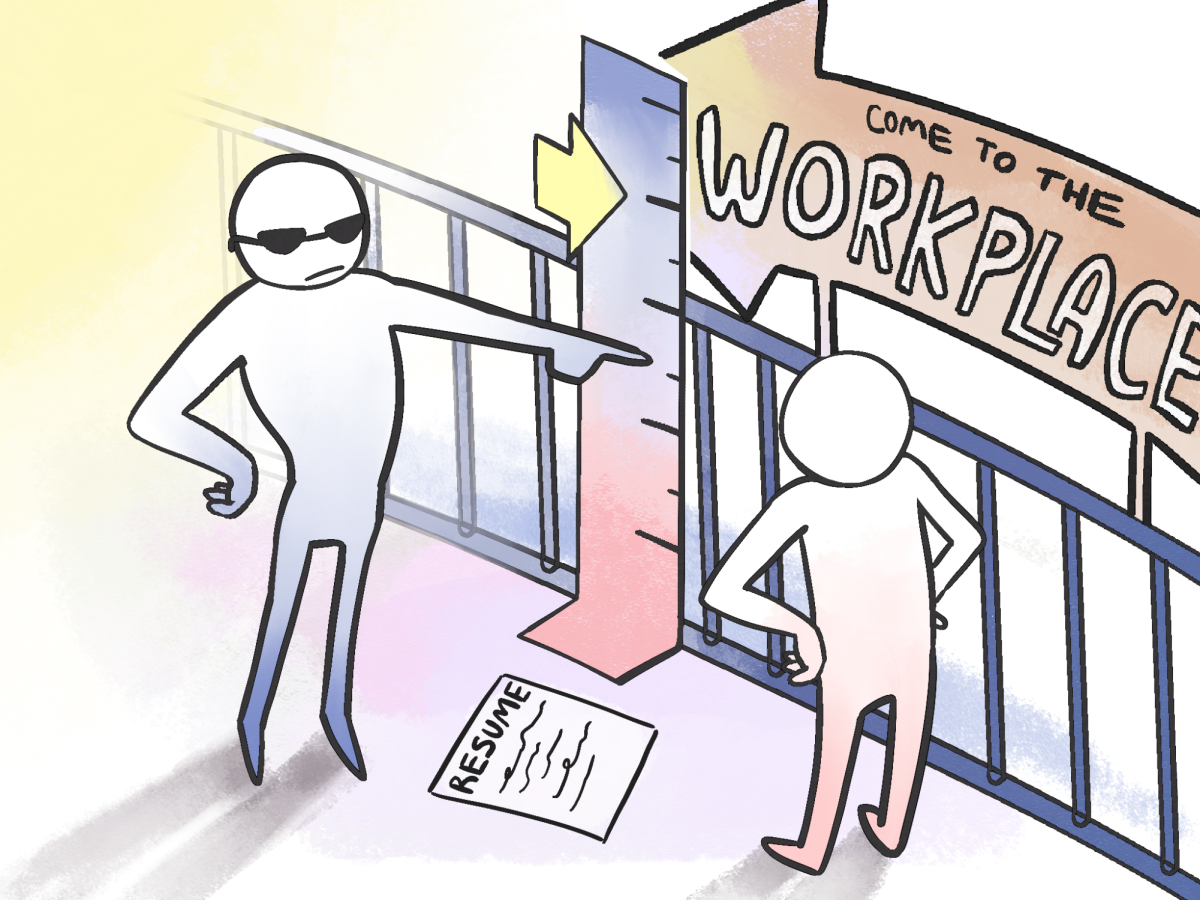

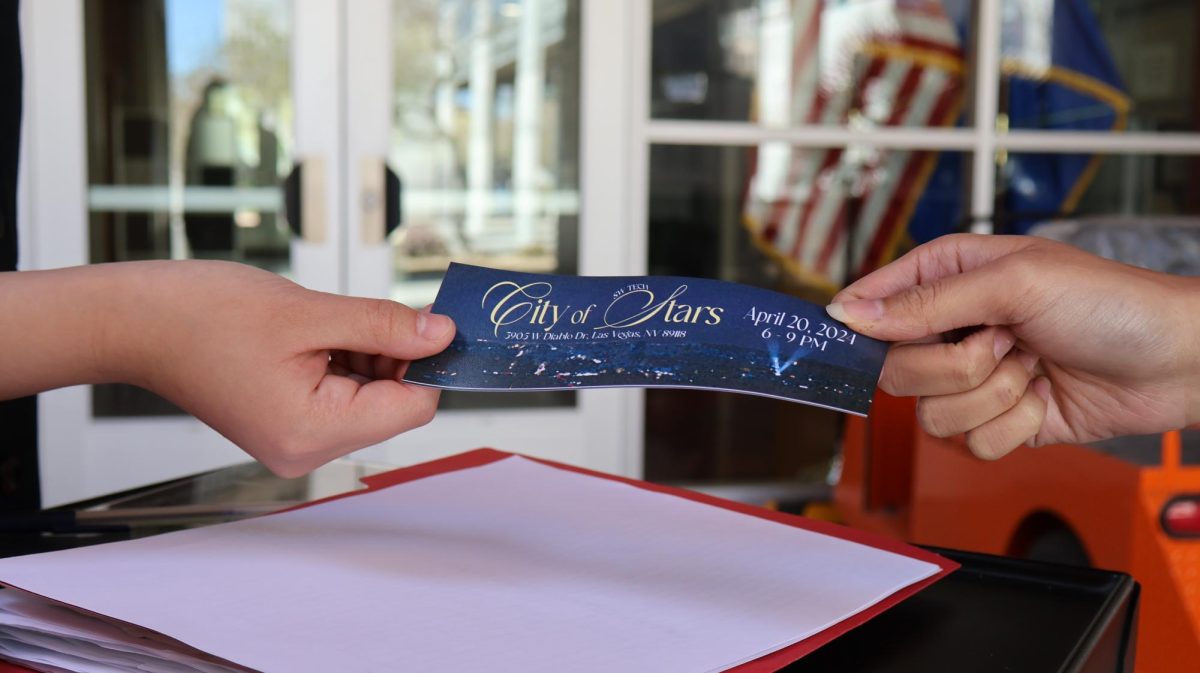
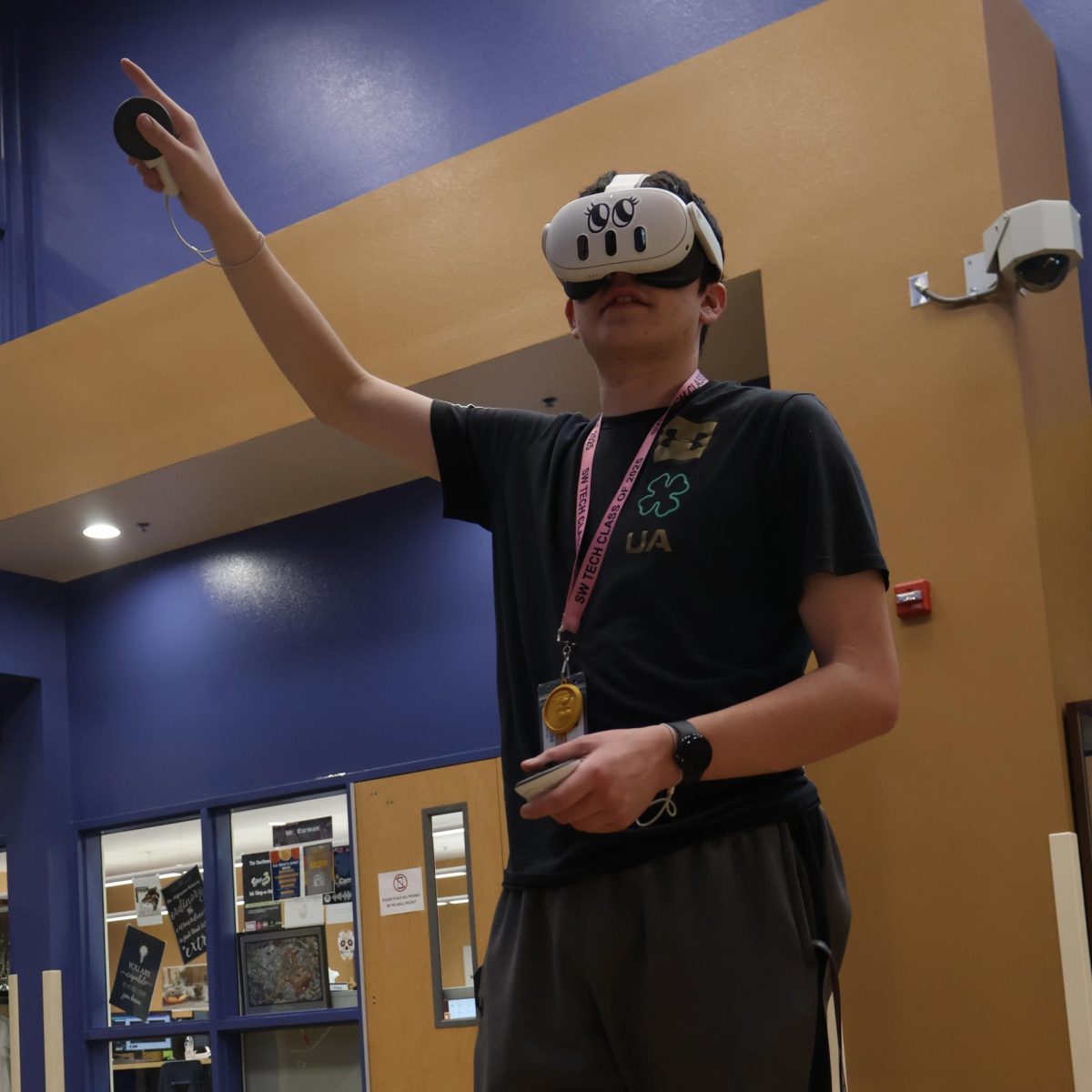


![During last year’s Coyote Coachella, performer Aerhann Casupang sings “Freaking Out the Neighborhood” by Mac DeMarco for the crowd. The event allowed him to share his talent with the school community. “I was a little nervous to perform at first,” Casupang said. “After a little I was not really nervous because my friends came to support [me].”](https://southwestshadow.com/wp-content/uploads/2024/04/IMG_2466-1-1200x800.jpg)
